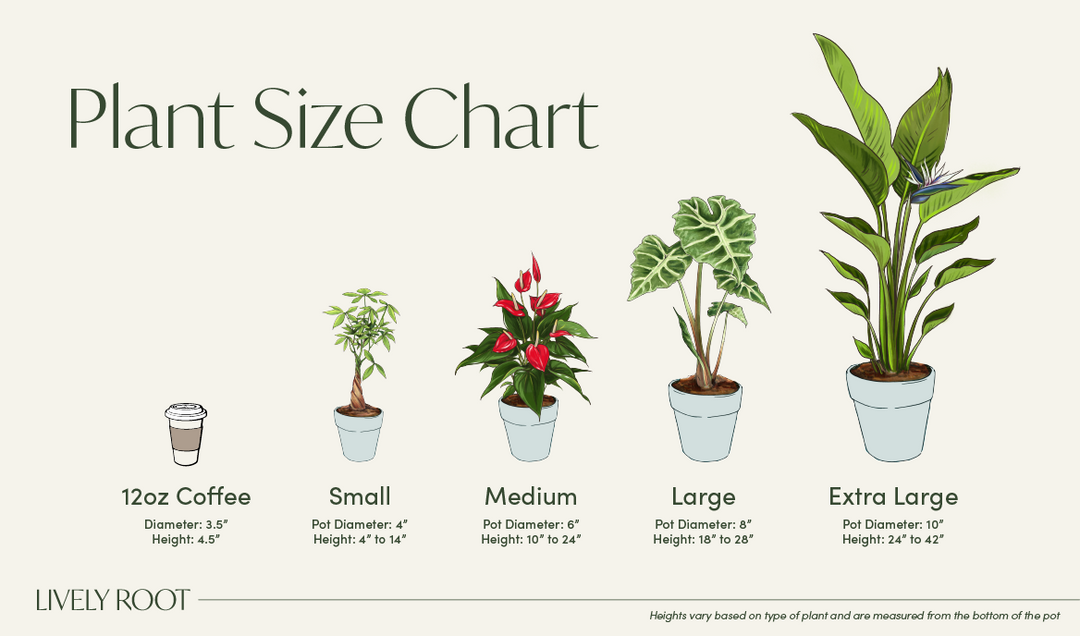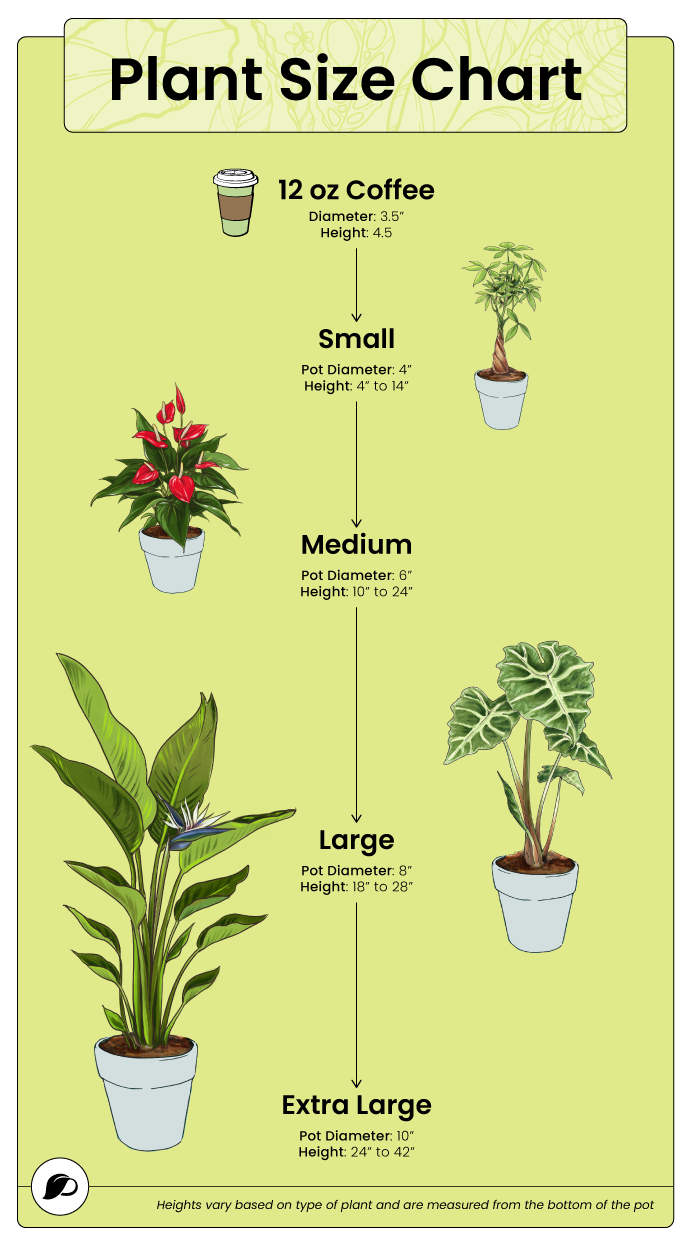Welcome
You have points
Recently viewed
Wishlist
Sign in to access your favorites

Aloe vera (Aloe barbadensis), is a succulent you can care for as a houseplant or outdoor plant, depending on your climate. It belongs to the Asphodelaceae family and the Aloe genus and has thick, fleshy green leaves and stems with a distinctive look. The leaves are star-like and orientated in all directions. They also have little thorn-like spikes along the edges.
Before you purchase your Aloe Vera plant, note that you’ll need to provide it with bright, indirect sunlight. These tropical beauties also thrive in well-draining soil and require minimal watering, especially during winter, making them an easy-to-care-for option for your home. If you fulfill all the basic needs of your aloe plant, it could thrive indoors for over 20 years. However, most tend to live to around the ten-year mark.
Aloe vera is a medicinal plant with antioxidant and antibacterial properties. It has several benefits, including:
Now, let’s delve into aloe vera care's simple yet rewarding journey.
Water aloe vera plants deeply but infrequently. In other words, the soil should feel moist after watering, but it should be allowed to dry out to some extent in between. Generally speaking, you should plan to water your aloe plant every 2-3 weeks in the spring and summer and even more sparingly during the fall and winter.
Place your aloe in bright, indirect sunlight. A western or southern window is ideal for this drought-tolerant plant. If you keep it in low light, it will tend to grow leggy.
Aloe vera thrives in temperatures between 55°F and 80°F, making it ideal as a houseplant. You can also keep your plant outdoors in warm, hardy zones. However, remember to bring it back inside if the evenings and nights are cold.
Your Aloe can handle dry air just fine and doesn’t require extra humidity. 40% relative humidity is perfect.
In its natural habitat, aloe commonly grows in nutrient-poor soil conditions on sandy slopes with guaranteed drainage. So, use a cactus potting medium or traditional potting soil mixed with perlite and coarse sand. Repot your aloe when it becomes rootbound or if its pups seem overcrowded.
You don’t need to fertilize an aloe because it's adapted to nutritionally poor desert soil. However, you could feed your potted aloe once a year in the spring to help it maintain vibrant growth.
Propagation is best done by replanting offsets (the pups) that develop at the base of the plant. Separate them from the mother plant using pruning shears or a sharp knife. Before potting them, leave the pups sitting for several days to allow them to form a callous over the cut. Then, pot them in a well-draining, standard succulent potting mix and put them in a sunny location.
Only prune your aloe if the leaves are shriveled and dead. Use clean garden shears, cut the affected tip, or prune the entire leaf at its base. Pruning will encourage new growth and make the plant more aesthetically pleasing.
Your aloe could be affected by aloe scales, mites, and mealybugs. After spraying the plant with water, you can wipe away mealybugs with a soft cloth. Scales can be eradicated with a solution of insecticidal soap, isopropyl alcohol, and water. If mites are the issue, prune any infected tissue.
When humidity is high and temperatures are cool, aloe rust, a fungal disease, can also be a problem. It presents as yellow spots on the leaves, eventually expanding and turning into yellow spots on the leaves, eventually expanding and turning brown. This disease is self-limiting and usually doesn’t require treatment.
This next section will navigate you through optimal placement, ideal companions, and alternative options for aloe plants.
Enhance the beauty of your aloe with these companions:
Explore some pet-friendly alternatives to aloe:
Explore our aloe vera plants for sale and add a touch of natural beauty to your succulent collection. Elevate your space with these versatile plants' soothing and aesthetic appeal.
Follow us @livelyroot & show us your #livelyroot plants

